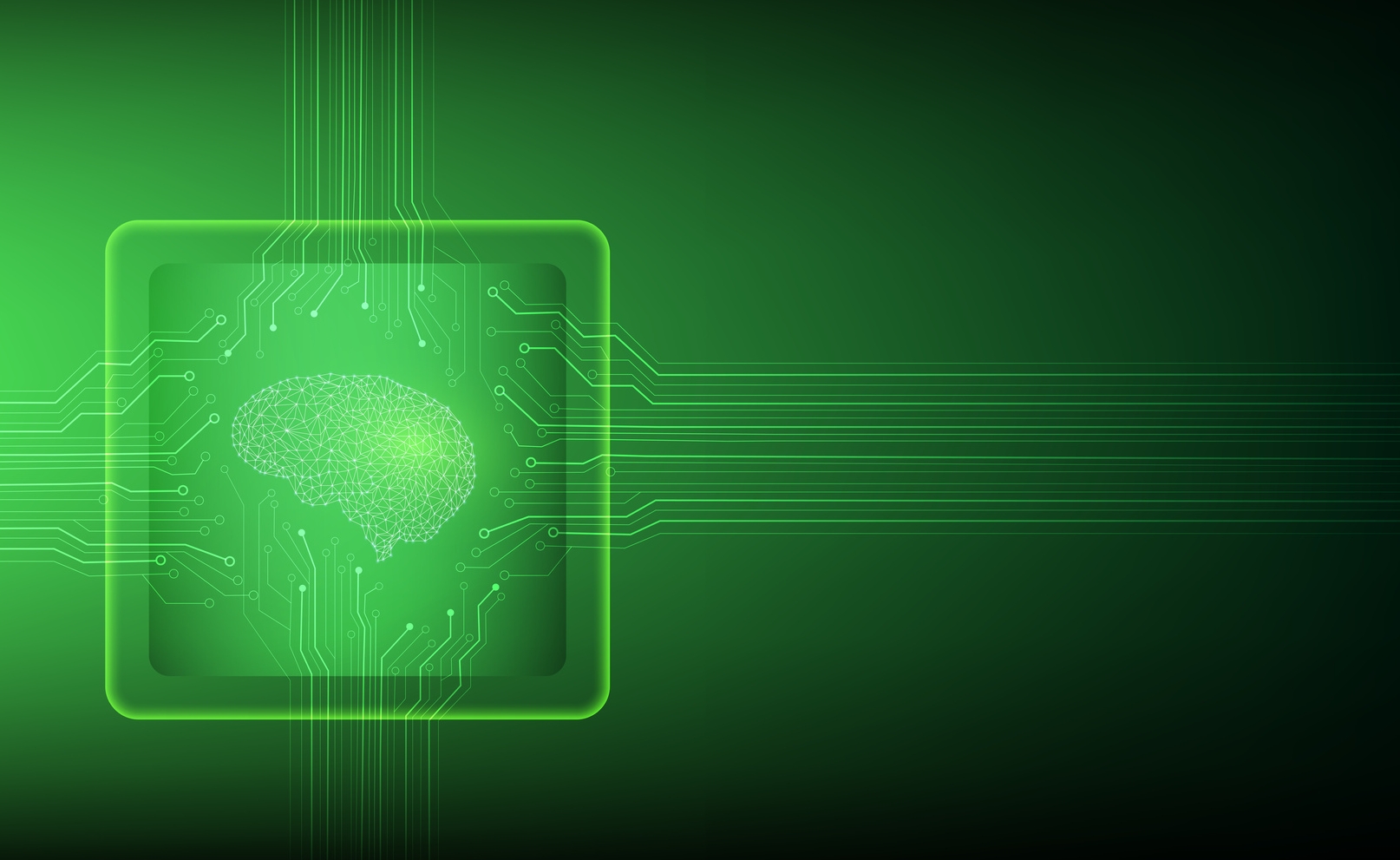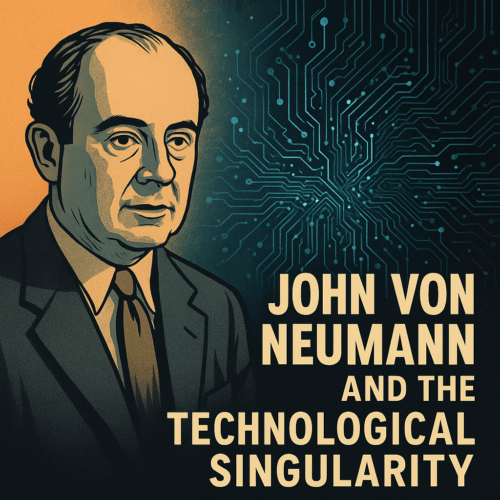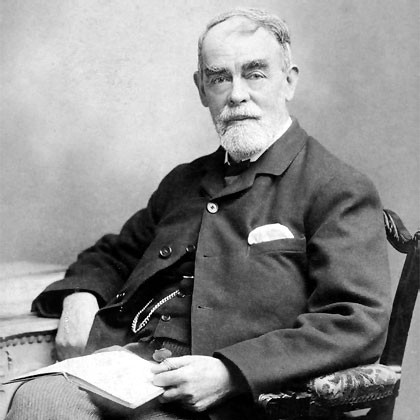Neural Symbiosis with AI: The Neural Lace Project & The World of Advanced Intelligence
 We’ve been trying to better our minds for some time. In recent years, folks have flocked to the nootropic marketplace to purchase cognitive enhancement supplements that would sharpen their focus and expand their memory recall.
We’ve been trying to better our minds for some time. In recent years, folks have flocked to the nootropic marketplace to purchase cognitive enhancement supplements that would sharpen their focus and expand their memory recall.
Now, scientists are hard at work to develop technology that would enable us to one-up AI (Artificial Intelligence). While the technology is intended to be microscopic and is quite complicated in nature, the idea is rather simple: Create a fine net that would pick up on our neural signals and shield us from any perceived threat that AI might pose.
Nanotechnology is something that is spreading like wildfire among some of the biggest names in cutting-edge scientific development. Ray Kurzweil, one of our leading futurists, has jumped on the nanotech bandwagon, speaking publicly about his intention for there to be nanobots in the not-so-distant-future.
But these nanobots may not be a thing of the future, they may be coming even sooner than we thought. If we go on the evidence of a January 2017 Tweet by entrepreneur and innovator Elon Musk, the mind behind the Neural Lace Project, we actually should have been injecting this nanotechnology into our brains back in February.
The Tweet in question was a response to a query about when the public could anticipate an announcement about Neural Lace. Musk’s response was short but sweet: “Maybe next month.”
While this post was no doubt tinged with dry wit, Musk has never been known to sit idle on any of his projects. In fact, he has made concerted efforts in the area of AI, investing in a nonprofit called OpenAI which is already make significant advancements in the field of Artificial Intelligence, particularly in the realm of making robots sentient.
So what exactly is this neural lace? Evidently, it is intended to be a mesh of electronic fibers which can be injected into the jugular. From there it will flow through the bloodstream, eventually settling in the brain.
It has been said that neural lace will give us the ability to connect to our electronic world wirelessly, essentially making human beings an extension of the cloud. The days of dial-up and buffering will be a thing of the past and instead of logging onto our tablets and other devices, we will have instant access from within.
The idea behind neural lace came from Musk’s inherent fear that machines will eventually become smarter than human beings. It is his assertion that neural lace would facilitate a relative symbiosis between man and machine, advancing our intelligence so that we would be on the same intellectual level as the robots.
This all might sound like the plot of a Stanley Kubrick movie to some, but the reality is that this kind of technological agenda is really nothing new. Biohackers have been experimenting with microchips and other techie gear for years, inserting the chips under their skin to study the effects that it would have on intuition and more.
And perhaps you visited a movie theater recently and saw the film The Belko Experiment. In it, the employees of a giant corporation are forced to kill a fixed number of their coworkers or end up triggering explosive microchips embedded in the backs of their heads.
While the plot may be bonkers, the bedrock concept is not out of this world. As the BBC covered back in January, the Sweden-based company Epicenter has implemented a new approach to allowing their employees access to their building—each staff member has a minute RFID chip implanted in their hand.
The chip is expected to offer them easy access to a number of services including the ability to pay at a cafe with the touch of their hand. For now, though, it is able to get them into the company’s complex and allow them to access photocopiers and other work equipment.
Intelligence augmentation has also been around for some time. Also referred to as “mindhacking,” The “Quantification of the Self,” for instance, is a method by which cognitive capacities like IQ are measured and improved upon via feedback loops.
Others have begun to develop neuroprosthetics, devices that would connect the human brain to AI technology.
There is even an open source platform called platform called OpenBCI which places biosensing boards and brain imagining tools in the hands of the public. OpenBCI is leading the charge for superior intelligence and neurological monitoring to become accessible for all.
And they’re not the only ones dabbling in the world of digital enhancement. There are other ways in which folks are refining our neural potential. Hundreds of Australians have espoused micro dermal microchip technology.
It all started with a Sydney woman named Shanti Korporaal who inserted the implant under her skin so that she could get into her car without a key. She is now able to enter her place of work without using a card.
“It’s the same technology as Paypass,” she has said. “So I’m hoping you’ll be able to pay for things with it.”
Opal is the name of the ID chip in question and it is unique in that it can be programmed to sync up with everything from a computer to the cards in your wallet.
This kind of wearable tech gear is more readily available than one might think. A Seattle-based biohacking company offers implant kits to people the world over. Their CEO, Amal Graafstra, says that humans becoming cyborgs is the next step in human evolution.
In short, the future is NOW. But the future is infinite and neural lace is the true wave of tomorrow. While current hand chips can permit you to enter your house, start your motorcycle or log on to a computer wirelessly, neural lace will roll all of that into a package that can also improve your mental aptitude.
In other words, it will make us the kinds of people who won’t forget where we put our keys… were it still necessary to carry such keys. Musk’s sarcastically proposed delivery date for neural lace may have passed, but it is safe to say that what he delivers down the road will be worth the wait.
About the Author:
 Dan Fries is a freelance writer and founder of Corpina Nootropics. He started his career at Harvard Medical School, studying cancer tumor biology, but didn’t resonate well with the way big pharma develops drugs and treats patients. He wanted to do something that would help improve the health of people who don’t have access to premium care. That’s when Dan started Corpina, with a mission to inform the world about responsible brain health and supplementation.
Dan Fries is a freelance writer and founder of Corpina Nootropics. He started his career at Harvard Medical School, studying cancer tumor biology, but didn’t resonate well with the way big pharma develops drugs and treats patients. He wanted to do something that would help improve the health of people who don’t have access to premium care. That’s when Dan started Corpina, with a mission to inform the world about responsible brain health and supplementation.








